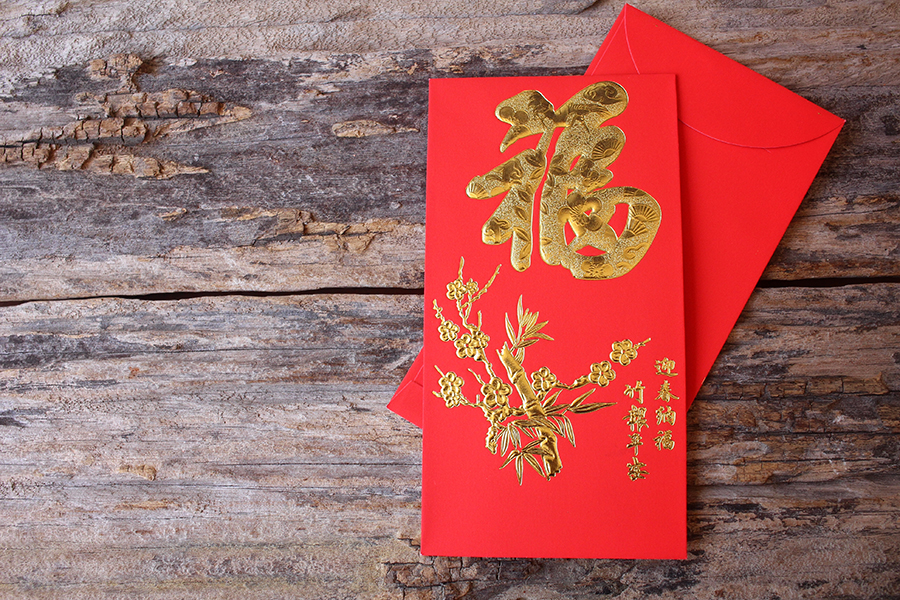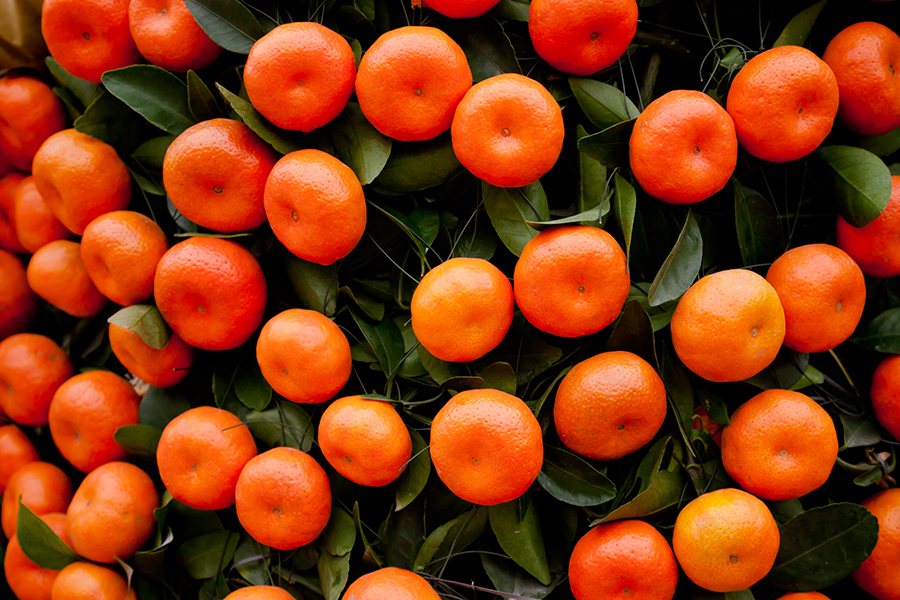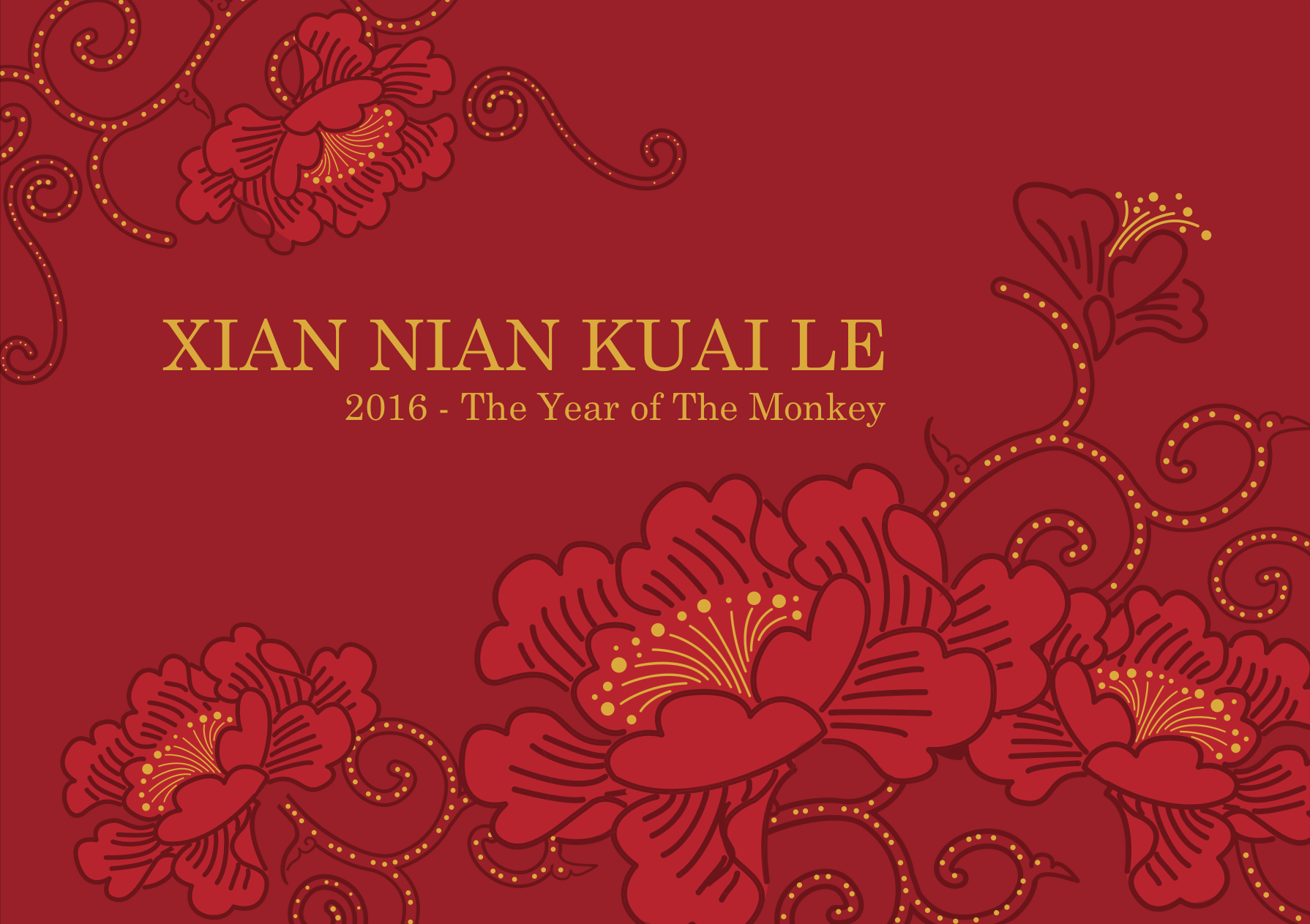
VIE-Blog-Feb05-ChineseNewYear-01
Chinese New Year: The Year of The Monkey
A Tale Of many long journeys and one big celebration
Move over Valentine’s Day, there’s another red holiday coming up—Chinese New Year. This year, the lunar-based holiday will fall on Monday, February 8; however, the celebration starts one day before, on the Eve of the New Year.
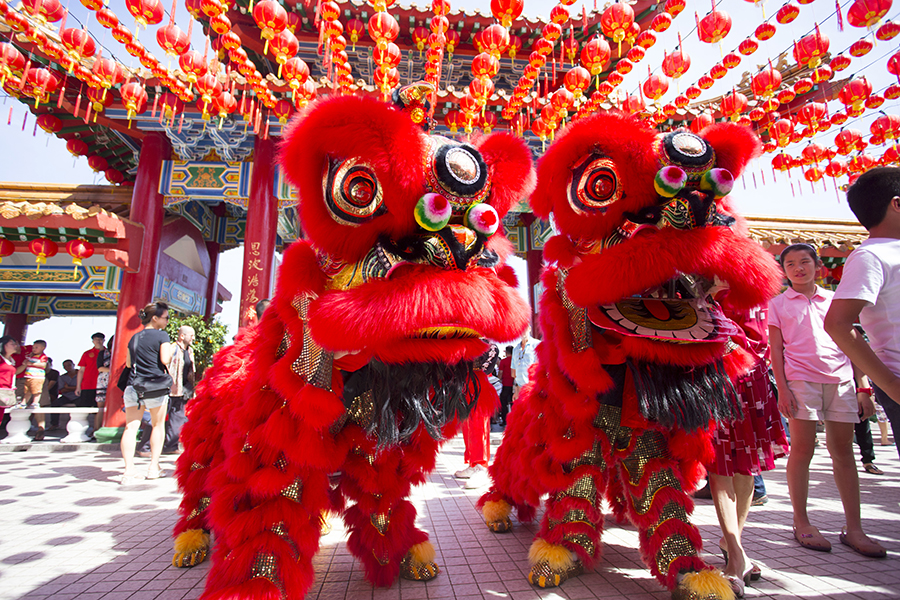 The Lunar New Year, widely known as Chinese New Year, is celebrated as a fun, festive event in America. To the Chinese people, it’s a lot more significant than just an event. For millions in China, it’s a twenty-hour-long journey of overwhelmingly stuffed platforms and trains that must be endured for the chance to spend one week with family and loved ones.
The Lunar New Year, widely known as Chinese New Year, is celebrated as a fun, festive event in America. To the Chinese people, it’s a lot more significant than just an event. For millions in China, it’s a twenty-hour-long journey of overwhelmingly stuffed platforms and trains that must be endured for the chance to spend one week with family and loved ones.
The origin of the holiday, which many believe was in the Shang Dynasty (1766BC–1122 BC), is linked to the solar Chinese calendar to honor household and heavenly deities, as well as ancestors.
Although China has adapted to the Western calendar, acknowledging January 1 as New Year’s Day, Chinese New Year continues to be traditionally celebrated as the most important social and economic holiday in China. For many Chinese people, the one-week duration of the holiday will be the only chance of the year for families and loved ones to gather around and spend time with each other.
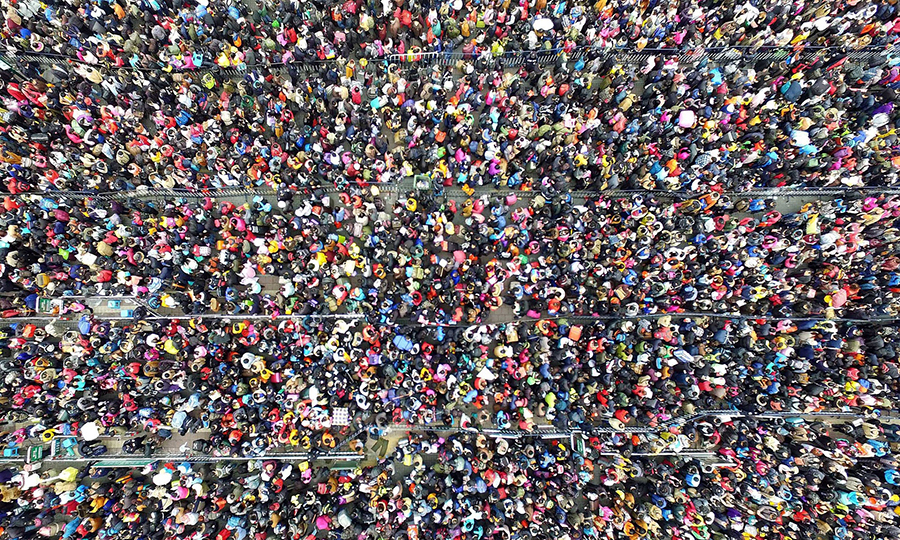
Passengers Shoulder to Shoulder outside Guangzhou Railway Station; Photograph Courtesy of Kalyl Silva/EPA
The process of retuning home to celebrate the New Year, as mentioned earlier, is a grueling routine that makes your worst travel nightmare seem like a daydream. It’s a shocking vision of blurred dots creating crowds of Chinese people tolerating extraordinary rituals just to get home. Specifically the Guangzhou Railway Station comes to mind, as thousands of migrant workers are crammed shoulder to shoulder as they wait to board with the hopes that they will soon be on their journey to finally visit their elders and young children.
Even more extraordinary are the magnitude and stunning visuals of the weeklong celebration and the unity of the country during this time. Thousands of lanterns shine bright above the streets, which are already vibrant and saturated in a sea of the red and gold decorations. Performances of dancing dragons, gymnasts, and other talents are embraced throughout the day and into the nighttime. The night sky shines brighter than Times Square, Las Vegas, and Paris combined, as endless arrays of fireworks are set off.
Sounds grand, doesn’t it? Join in on the fun and celebrate Chinese New Year yourself by following some traditional rituals that are believed to give you a year filled with luck, good health, and prosperity. Here are some of the rituals to know about when celebrating:
Sweep Away the Bad Luck
It’s a major preparation that is the least exciting to do, but cleaning your house is known to rid it of bad luck, giving you a chance of good fortune.
Red Yourself
There’s a reason why red is the dominant color in China and can be found basically everywhere—on flags, wedding dresses, and decorations during Chinese New Year. The color symbolizes good fortune and happiness.
It is custom for married people to give monetary gifts during Chinese New Year, which are given in a hungbao (red envelope) to their parents or to unmarried younger siblings, children, grandchildren, nieces, and nephews.
Respecting Household and Heavenly Deities and Ancestors
This is done through prayer, sacrificing food, and burning “money” and “clothes.” Simply lay out the foods in front of the different Gods and awaken them and your ancestors to take the first tastes through prayer, using a Chinese incense to summon their spirits to wake. Afterlife “money” and fancy squared paper (“clothes”) are burned as a way of sending your ancestors gifts.
Lucky Number Eight
Numbers matter. For instance, when laying out food to sacrifice to ancestors, do not lay it out in numbers of four, as that number is associated with death. In Chinese culture, eight is the lucky number, which is why you can most likely find a tray of eight different treats lying on a circular platter on a table to greet guests during the New Year celebrations.
The Circle of Life
So much more than a shape, the circle symbolizes fullness and unity. Think of it as the process of coming full circle. If you notice, a lot of Chinese designs have a circular shape or an arch to them.
Ever wondered why the grocery stores seem to have a sale on oranges and tangerines during the month of January or February (which ever one Chinese New Year happens to fall in)? Oranges and tangerines also symbolize wealth, and it’s extra lucky if they have still have leaves on them, as that symbolizes longevity.
Eat Some Dumplings
This is a Chinese New Year staple and a must have. The shape of the dumplings bares a resemblance to the shape of gold currencies in ancient China, and is believed to give you wealth and good fortune.
Cut Out Your Hair Appointment
Don’t get your hair cut for the duration of Chinese New Year, as you’ll cut away the good luck! Try to abstain as long as you can!
Feeling ready to throw a Chinese New Year party now? Remember, Chinese New Year is a fun celebration of friends and family, so leave your stress at the door, and increase your chances of good luck by following some of these rules and traditions. Wishing everyone a year full of good fortune, good health, and prosperity! Xian Nian Kuai Le!
Share This Story!
CATEGORIES
RECENT POSTS
NEWSLETTER
Sign up to receive exclusive content updates
KEEP UP WITH THE LATEST STORIES FROM VIE



